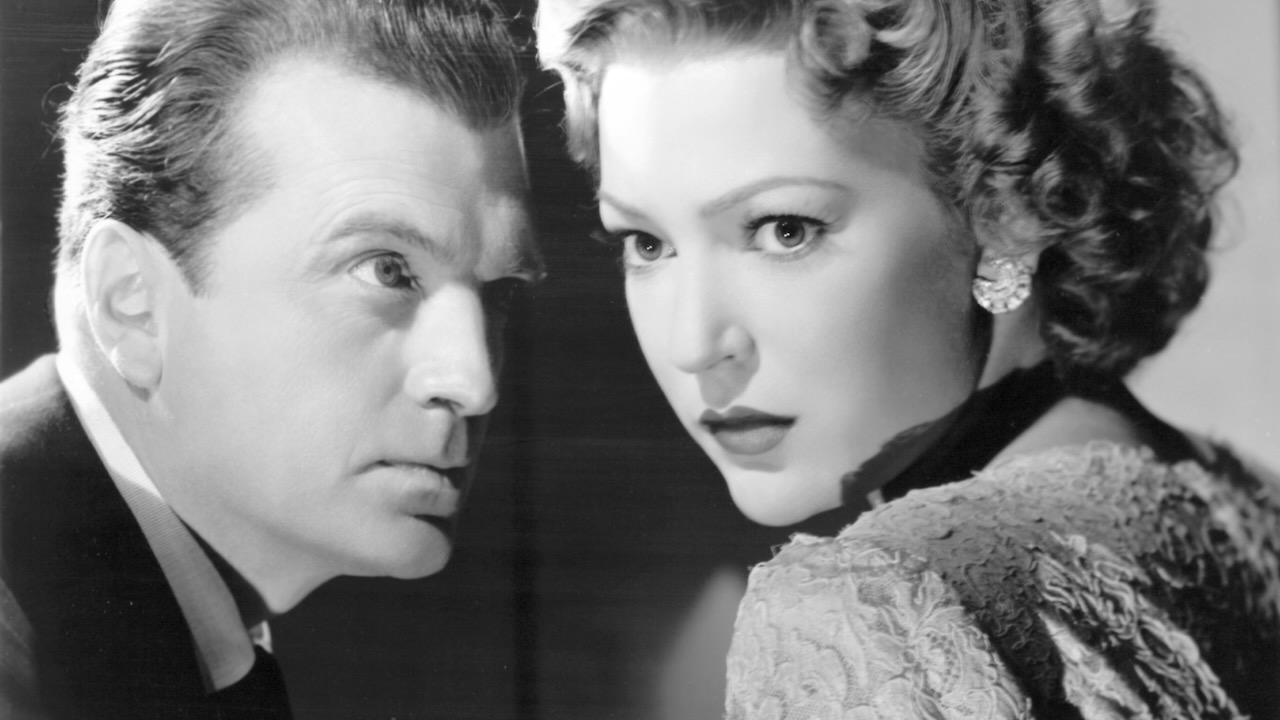 |
The Brighton Strangler
Extended intro by Ehsan Khoshbakht
A Christmas thriller with a murderous twist in which a theatre star with amnesia believes himself to be a serial killer.
Part of Projecting the Archive (A BFI Southbank programme by Jo Botting)
Monday 16 December 2024 18:35 | NFT2
Director: Max Nosseck
Featuring: John Loder, June Duprez, Michael St Angel, Miles Mander
USA 1945. 68min. 35mm | A BFI National Archive print
When a theatre is bombed in wartime London, a famous actor loses his memory and assumes the personality of the character he’s been playing on stage: The Brighton Strangler. British expat stars John Loder and June Duprez bring authenticity to their roles – much needed to counterbalance the Hollywood depiction of Britain’s south coast. Director Max Nosseck was a colourful character, best-known for making low-budget crime dramas across different countries, of which this is a deliciously melodramatic example. Taking place over the theatre’s Christmas closure, this RKO B-movie makes a perfect alternative seasonal offering.




.jpg)


